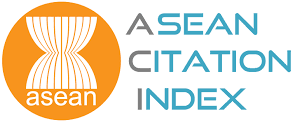Parametric Analysis for Minimizing the Edge Waves in the Roll Forming
DOI:
https://doi.org/10.15282/ijame.15.3.2018.6.0421Keywords:
Roll forming; roll design; contact pressure; API 5L; finite element analysisAbstract
To identify the cause of edge waves and to minimize them, which are frequently occurring on the steel pipe manufacturing site, the shape of the edge part of skelp has been confirmed according to a design variable and operating condition. In particular, parametric studies were carried out on the variation in the thickness of skelp, tskelp, the roll gap between upper and bottom rolls, troll, at the forming stage 1, Forming 1, the roll shape, toffset, of the Forming 1, and the material property of skelp to study the generation of edge waves, because these parameters have been determined by field engineers extemporaneously without any physical estimation. For this purpose, the roll design and operating conditions used in the field were applied to the finite element analysis model, and the distribution of contact force between the rolls and skelp, and the distribution of effective plastic strain on the skelp were investigated. The fact that adjusting to tskelp and troll arbitrarily without changing to the roll shape can cause not only the edge waves but also the center waves, was carried out. Especially, the edge waves were reduced without the irregular contact pressure by changing the surface of the upper roll that is offset by target tskelp in the normal direction of the surface of the bottom roll in the Forming 1, when the target thickness is tskelp. Moreover, there is no significant difference in the vertical load applied to the rolls when high-strength steels are used or when low-strength steels are used, it is necessary to predict the local maximum and minimum of contact pressure between the skelp and rolls and the shape of the upper roll of the Forming 1 should be modified to decrease irregular contact pressure instead of any design modifications.







